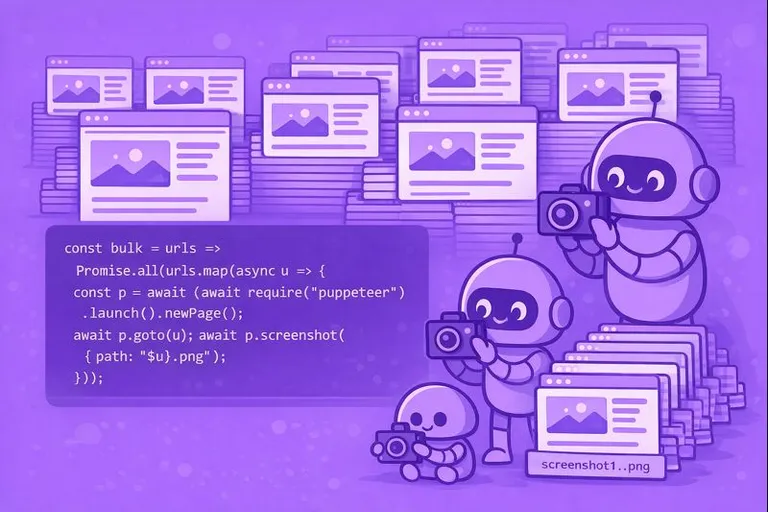
How to take bulk screenshots with Puppeteer
Learn how to take screenshots of multiple URLs with Puppeteer, including concurrency management, error handling, retries, and proxy support.
- Written by
- Dmytro Krasun
- Updated on
- •
- 8 min read
Guides, Product Updates, and Helpful Resources from ScreenshotOne.

Learn how to take screenshots of multiple URLs with Puppeteer, including concurrency management, error handling, retries, and proxy support.
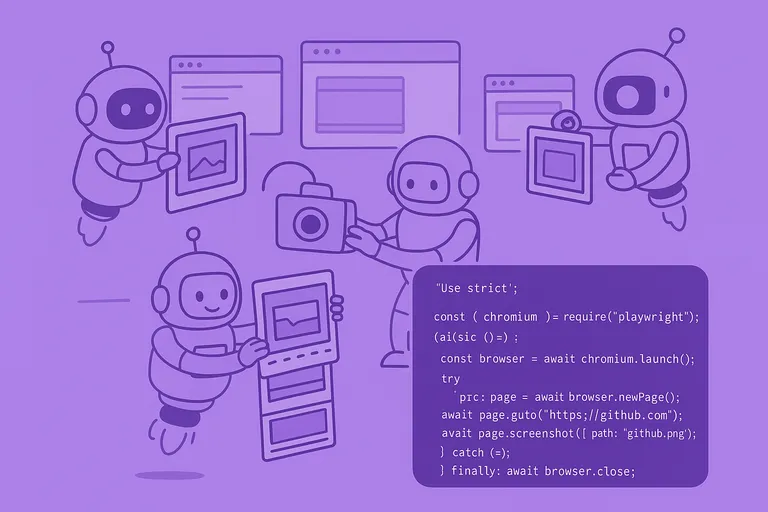
Sharing working Playwright examples based on the experience of building one the best screenshot APIs.
There 3 simple ways to render website screenshots in Next.js—using Puppeteer, Cloudflare Browser Rendering, and a screenshot API like ScreenshotOne or similar.
Two years have passed since the launch of ScreenshotOne, and I want to do a fun coding exercise and build a tiny subset of what the API is today, but from scratch.
You don't need a screenshot API if it is a one-off task for you and you can use some library for screenshotting.

The truth is, that there is no single best screenshot API that fits everyone. But some APIs stand out and shine when compared to others. Also, it depends on your use case and needs which must be included in considering what API to use.

Social media platforms often restrict automation, but with the right tools and care for compliance, capturing screenshots is possible.
The article examines how you can take screenshots of any URL with C# (.NET) by using PuppeteerSharp, or screenshot API as a service.
Exhaustive documentation, ready SDKs, no-code tools, and other automation to help you render website screenshots and outsource all the boring work related to that to us.